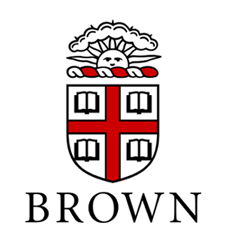Scope & content
The James C. Dickson papers cover the years from 1985 to 2008 and are arranged into five series: voting, disabilities, children, health care and The American Association of People with Disabilities. The AAPD series is further subdivided into the following subseries: organization, disabilities, voting, periodicals, media and Needmor. The first four series are James Dickson's personal papers. The AAPD series consists of papers which come directly from the organization itself.
Because Mr. Dickson's personal papers are separate from the AAPD's papers, there is some duplication of materials. This is most evident in the disabilities and the voting sections. The materials which cover the organization of the AAPD are filed under the subseries organization and those have no parallel in the Dickson personal papers. The periodicals subseries which contains magazines which deal with disability issues, the media subseries which contains office diskettes as well as instructional tapes, DVD's and bumper stickers and the Needmor subseries which contains financial reports and other details about the charitable giving organization are also unique to the AAPD series.
Containing faxes, reprints of newspaper articles, brochures, pamphlets, minutes from meetings and congressional hearings, letters, and government forms, diskettes, photographs and CD's, the papers document Dickson's and AAPD's efforts to increase the number of voters with disabilities and improve the quality of life for disabled persons. Much of the material from the AAPD covers the drive for voter equality but there are also official board meeting records, minutes, press releases and budget information which provide significant insight into the origins of the organization, its evolution and the way it runs.
The materials contain information on poll accessibility, black voters, gay and lesbian voters, voting statistics, the motor voter law, election reforms, methods of voting including various electronic systems, law suits, and the registration of potential voters when they apply for food stamps, Medicaid or a driver's license. Other materials contain information on all-terrain wheelchairs, the Franklin Delano Roosevelt Memorial, section 8 housing, signage, and the installation of special tiles in the Washington, D.C. metro to alert blind commuters.
There are also obituaries of major activists for people with disabilities, and reprints of newspaper articles on skiing for the blind, outstanding individuals with disabilities like a blind computer expert, and a court case involving a disabled golfer. Additionally, there are newspaper clippings, and legal and financial documents pertaining to Dickson's attempt to sail across the Atlantic solo. The collection also includes material on other organizing efforts with which Dickson was involved. These include children's rights, specifically the rights of children with disabilities, and medical care, especially the rights of elderly patients and patients with disabilities.


